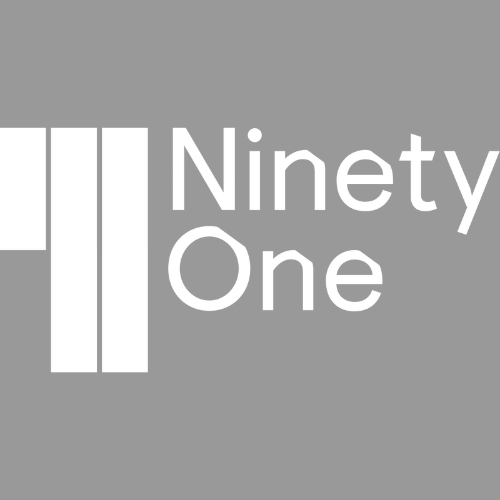Data analytics services
We help UK businesses make better decisions based on data.
Outcomes of working with us:
- Know what's actually profitable
- Predict problems before they happen
- Connect all your data in one place
- Get insights when you need them
.png?width=1024&height=1024&name=Website%20images%20(13).png)
Supporting over 250 customers with better analytics:
Where are you in the analytics journey?
At Ometis, we meet you at every stage of your data journey, guiding you toward strategic outcomes with insight, clarity, and collaboration.

Descriptive
Descriptive analytics helps you understand what's happened by quantifying outcomes, answering targeted questions, and uncovering patterns in your data.
Predictive
Predictive analytics leverages historical data and machine learning to forecast future outcomes and trends. This anticipates what might happen next and act accordingly.
Prescriptive
Prescriptive analytics is a step beyond prediction, it recommends specific actions to achieve desired outcomes. It guides you on what to do about it.
"Ometis radically improved our reporting from a 6-hour weekly Excel task to an automated Qlik dashboard with immediate KPI insights. Their work found hidden billing date issues and let us properly analyse 300 million rows of data. Our team now focuses on driving business decisions rather than collecting numbers."
Nick Aitken
FP&A Manager at German Doner KebabOur data analytics solutions include:
Click on any of the below to learn more.
-
Platform implementation and integration
We work with best-in-class technology including Qlik, Power BI, Inphinity, Jedox, and more.
Rather than pushing one solution, we design scalable frameworks built for performance and flexibility.
The outcome is trusted, credible tools that deliver excellence, built for performance and agility with reliable, scalable analytics foundations.
-
Data engineering and visualisation
From data pipeline design through to intuitive dashboard development, we handle the end-to-end flow from source to insight.
This includes data modelling, scripting, and structured approaches for faster, smarter analysis.
You get efficient data extraction, transformation and storage, plus clear, intuitive dashboards that turn complex data into actionable insights.
-
Governance and quality
Security, compliance, project management and quality assurance aren't afterthoughts - they're engineered into every project from day one.
We deliver projects on schedule, to specification, and built for long-term value.
This means robust controls, minimised risk, organisational trust in data systems, and projects delivered on time with lasting impact.
-
Strategy and support
We align data initiatives with business objectives, provide best practice advice, ongoing consultancy and training to build internal capability.
Your teams grow in capability and confidence, leading to stronger data literacy, better stakeholder alignment, and faster insight uptake.
Analytics partners we work with:
> Learn more about each of these.
We also support projects using Python, Tableau, Google Data Studio, Looker, IBM Cognos, SQL, and more.
Data analytics consulting and services FAQs
How long will it take to get dashboards live and usable?
That depends on data readiness and scope, but most initial dashboards go live within 2–4 weeks. We focus on quick wins first, so even during setup, you’ll see immediate, actionable value.
We’ve got messy data. Can you work with it or clean it up?
Absolutely. Messy, siloed, or half-structured data is common. We map, cleanse, and transform it as part of the data pipeline and modelling phase. This ensures your analysis is built on solid foundations.
We’re not technical. Will our team actually be able to use this?
Definitely. We design interfaces around real user needs, not technical jargon. We offer instructor-led training and hands-on support, so your team builds confidence as they go.
What’s the investment and what’s the return?
We tailor solutions to your size, structure, and ambition. Most clients start seeing ROI within the first 90 days, whether through time saved, decisions improved, or costs avoided.
Do you work with [insert tool], we’re already using it.
Likely yes! We partner with platforms like Qlik, Microsoft PowerBI, Snowflake, Databricks, and more. If you’ve got a stack already, we’ll enhance it, there is no need to reinvent the wheel.
How will this help us hit our strategic objectives?
We start by understanding your goals then align your data and technology to provide insight and drive action. Whether it's margin uplift, customer retention, or cost reduction, the outcomes stay front and centre.
I want to learn more about Ometis and get a quote
For more detailed information book a call with our team.











.png?width=150&height=150&name=Untitled%20design%20(10).png)
-1.png)
.png?width=150&height=150&name=Untitled%20design%20(15).png)
.png)
-1.png?width=150&height=150&name=Untitled%20design%20(12)-1.png)
-1.png)
